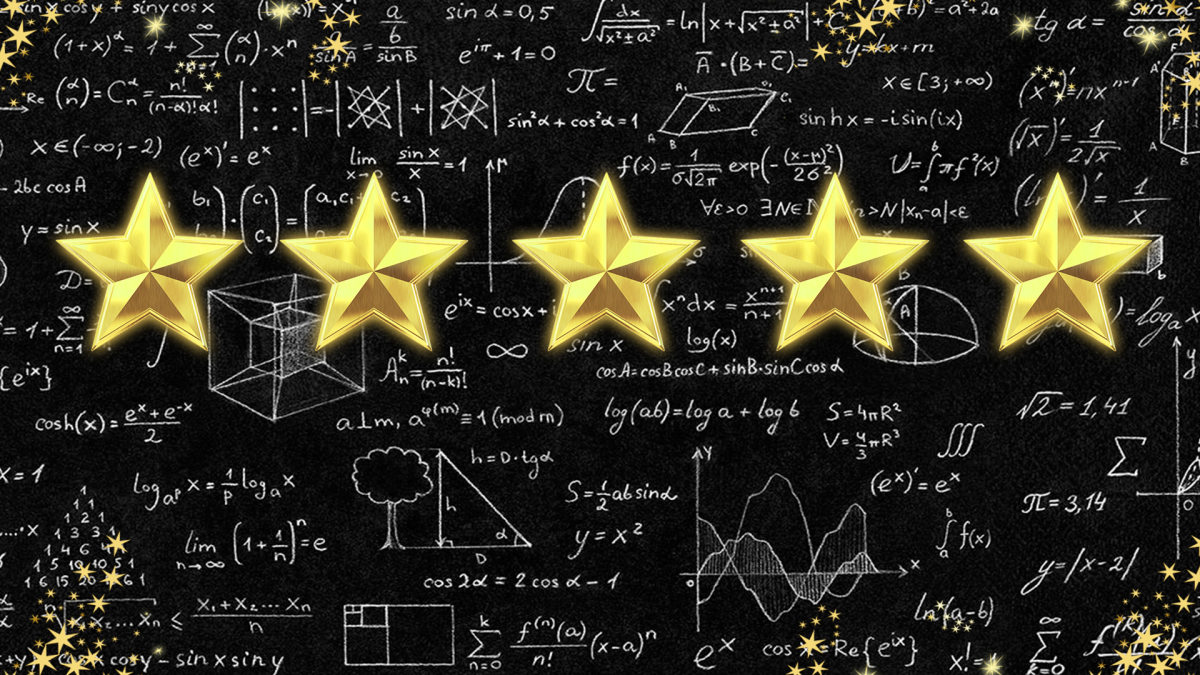Students work as engineers using the Engineering Design Process to design and create a parachute that will safely land a "rover" on Mars! This STEM activity uses easy-to-gather materials for parachute
Day 3 of 3 in a skateboard building unit. Student will apply Newton's law skateboarding, deconstruct and construct a basic skateboard, learn basic safety and outdoor riding rules.
This is lesson plan two of three in a skateboard building unit that applies Newtons Laws to skateboarding. Students will learn the parts of a skateboard, construct a simple skateboard, learn safety
Students have a book to read about the three states of matter. Students experiment with the three states of matter of water. They record their observations in their STEM notebook. Students look at a
This plan is meant for 3 days of work. Two books go with this plan. Two types of model rockets are included in this plan. Discussions and entries into a STEM Notebook are part of this plan.
In this lesson the students will apply the knowledge of thermal energy to design, build and test a container that keeps cold beverages cold.
In this lesson the students will explore the formation of rocks as the result of the flow of energy and cycling of matter within Earth.
In this lesson the students will determine the factors that affect the strength of electric and magnetic forces.
In this lesson the students will learn to identify some common household substances whether it is acid or base using red cabbage juice.
Unveiling unseen forces: Explore magnetism, understanding the mysterious powers at play in our world. Get ready to uncover the hidden forces that guide compass needles, attract objects, and unveil the
This lesson is perfect when celebrating Easter. The students will be engaged in creating a trap for the bunny. The story will be read first and then the magic happens after.
Students will research an inventor and their invention. They will explain/present the impact this invention has had on our society. They will think of ways to improve the invention and develop a
Growing Crystals Part 2 is a unique lesson that has an emphasis on the synthetic growing of crystals in the laboratory. This activity also focuses on investigating the process of how synthetic
GROWING CRYSTALS PART 1, A lesson that focuses on the different types of formation of crystalline solid, its properties and the attractive forces responsible to it during chemical bonding. It is
Students will use solar panels to transfer solar energy to a fountain. Students will be able to explore and demonstrate the functioning of a solar energy fountain.
Students will use solar panels to convert solar energy into electricity. This solar energy is transmitted through cables to the motor and then to the fountain. The fountain pressure increases and
What if we could pass along information that can’t be stolen or intercepted? We can do it with a little coding, and some chemistry! Soon we will be writing in code, passing secret information along
Students will be learning about adaptation. Students will participate in a project where they will see if seeds can grow in a bag without soil and natural sunlight. They will also compare and contrast
Students will investigate the difference between amplitude and frequency to see which one transfers more energy. Students will collect data, graph their data, and complete a written conclusion.
This lesson, adapted from NOAA, focuses on tides. Students pretend to be a ship captain delivering materials to a construction company. However, their ship must go under a bridge. Students must find
Students will discover: What will happen if animals are eliminated in ecosystems and food webs?
Students will participate in a hands-on scientific experiment that addresses the question: "Can you grow plants without seeds?" To further explore this concept, students will actively listen to a read
This a hands on activity that will have the students measure the frequency of a resonating glass bottle by using their cells phones. They will then combine with other groups to play a well known song
Engineers often create small-size models of a new product to test its design. This is especially true with airplanes. Model testing tells engineers how a design responds to different air conditions
Featured Lesson Plans
Check out these notable lesson plans.

Animals and Resources: Lesson 1
This is lesson 1 of the Life Science Unit. Links to all lessons included! In this lesson, students engineer a bird feeder to help birds access resources to survive. Optional fiction read-alouds

Quail Farming
Students will learn about the three pillars of sustainability through their quail farm. They will incubate, raise and restock their quails in order for them to be sustainable regardless of what

Ozobot Karaoke
In this lesson, students will combine the fields of coding and robotics with music to program an Ozobot to "sing" a familiar song. Students will learn about music concepts such as notes and octaves
